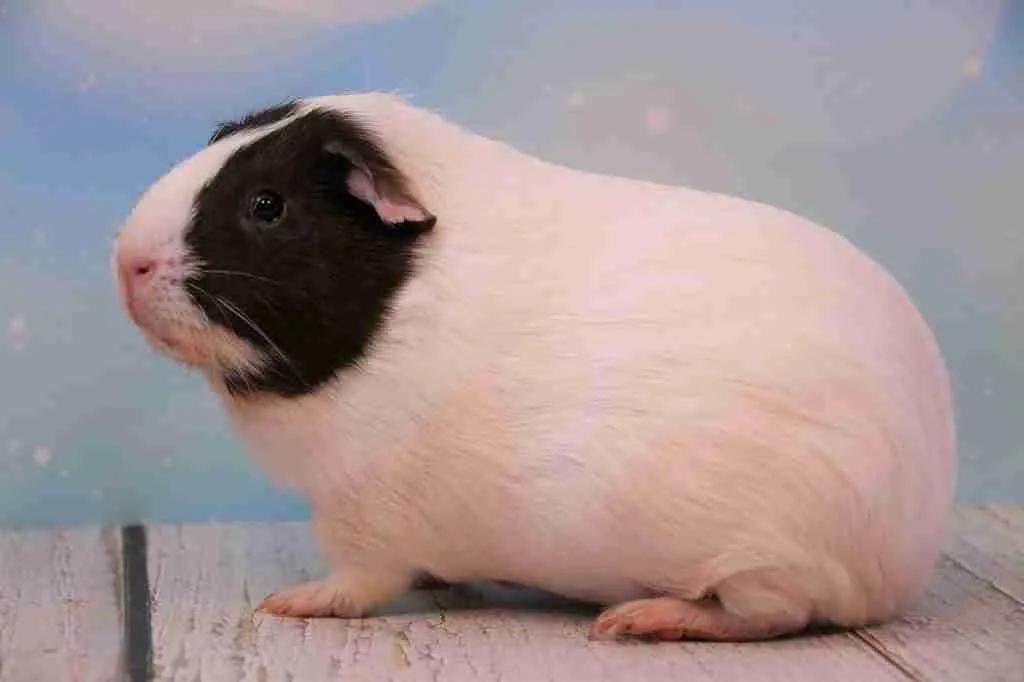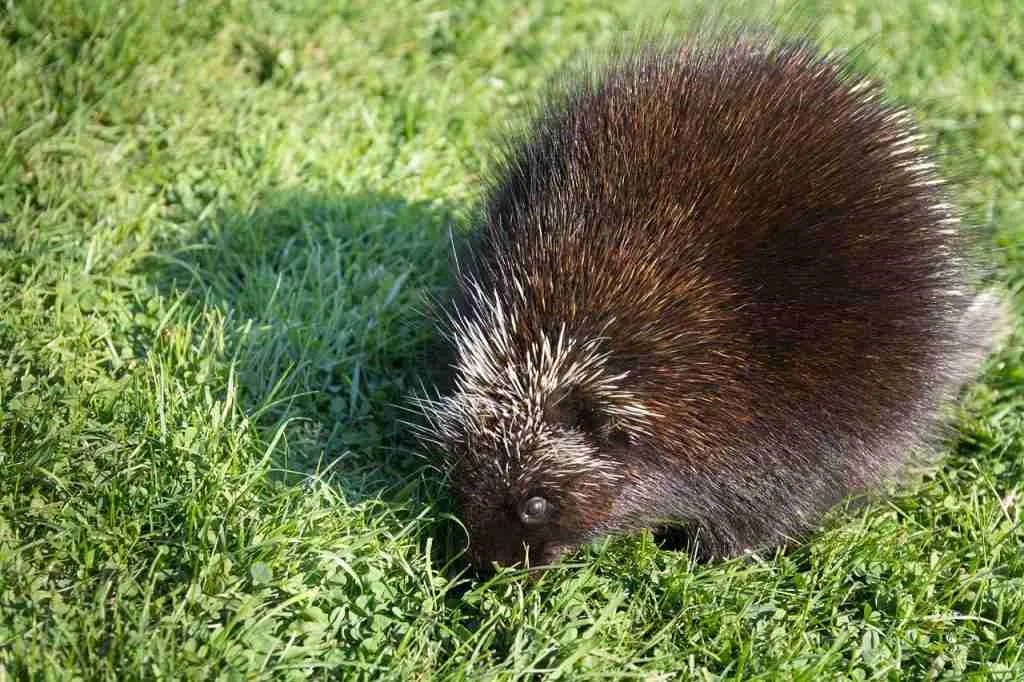Have you ever wondered where the word “guinea pig” came from?
Some people believe the guinea pigs originate from Guinea, and others assume they are related to pigs.
But why exactly are guinea pigs called guinea pigs?
Here’s what I found out – Guinea pigs are not from Guinea and are not pigs. In fact, they originate from the Andes mountains of Peru and are considered rodents (not Guinea as their name suggests)
There’s a theory that the name may have originated from the 16th century where one guinea pig was sold for 1 guinea (a gold coin).
To date, researchers are still coming up with possible reasons to explain how the cavies got their names. But there is no direct answer yet.
Click the link below to learn more about a little history of guinea pigs
Even though no one knows exactly how these small pets got their names, there are some reasonable explanations.
Keep on reading to understand better!
Table of Contents
3 Other Possible Reasons Why Guinea Pigs Are Called Guinea Pigs
1. Similarity With Pigs

One theory explains that the guinea pigs eat like pigs and usually look chubby like them. Amazingly, the scientific term for these tiny animals is “Cavia Porcellus” which means “little pig” in Latin.
They also make small noises similar to that of baby pigs.
Cavy is therefore derived from the guinea pigs’ scientific name because it is easy to pronounce.
So it makes sense to call the guinea pigs by the name of the animals they share the same characteristics with.
2. Guinea (West Africa) Was a Stop Point During Transportation
Another theory states that while the guinea pigs were being transported to Europe, their transporters stopped in Guinea.
As a result of this, many people thought the small animals came from Guinea and therefore called them “guinea pigs”.
3. South America Origination
Around the end of the 16th century, the guinea pigs were taken to Europe from South America by the Spanish soldiers.
During this period, the word “guinea” was commonly used in describing things that were far across the sea. Possibly, this might be how the cavies got their name.
While these theories seem like correct answers, they are just guesses. As we mentioned earlier, there is no exact answer to how the cavies got their names.
Related Questions:
What Are Guinea Pigs Related To?

Cavies are related to Porcupines, Chinchillas, Naked mole rats, Pacas, and Agoutis. They are known to be a part of the hystricomorph rodents.
One major feature of these animals is their enlarged infraorbital foramen, which is located in the jaw area.
Hystricomorph rodents are commonly found in North America, Asia, South America, and North America. They are herbivores – feed mainly on plants.
RECOMMEND READING: Are Guinea Pigs Related To Pigs?
Are Guinea Pigs From Guinea?
No, guinea pigs are not from Guinea. They originate from the Andes of South America and are often kept as pets.
There was a time when these tiny animals were used mainly for food and medicinal purposes. But they soon gained the attention of many pet owners because of their gentle and friendly nature.
Although some people, including the Peruvians, still use the animals for food, they are not many, compared to the past years.
Conclusion
There have been different theories about how guinea pigs got their names, but we do not know which is true.
Guinea pigs are neither related to pigs nor do they come from Guinea. But they are related to Chinchillas, porcupines, and other hystricomorph rodents.
Cavy or cavies is derived from the guinea pigs’ scientific name “Cavia porcellus” which means “little pig” in Latin.
Even though the origin of the guinea pigs’ name is still unknown, they make wonderful pets all over the world.
If you find this article helpful, you’re free to share it with other guinea pig lovers on social media!
